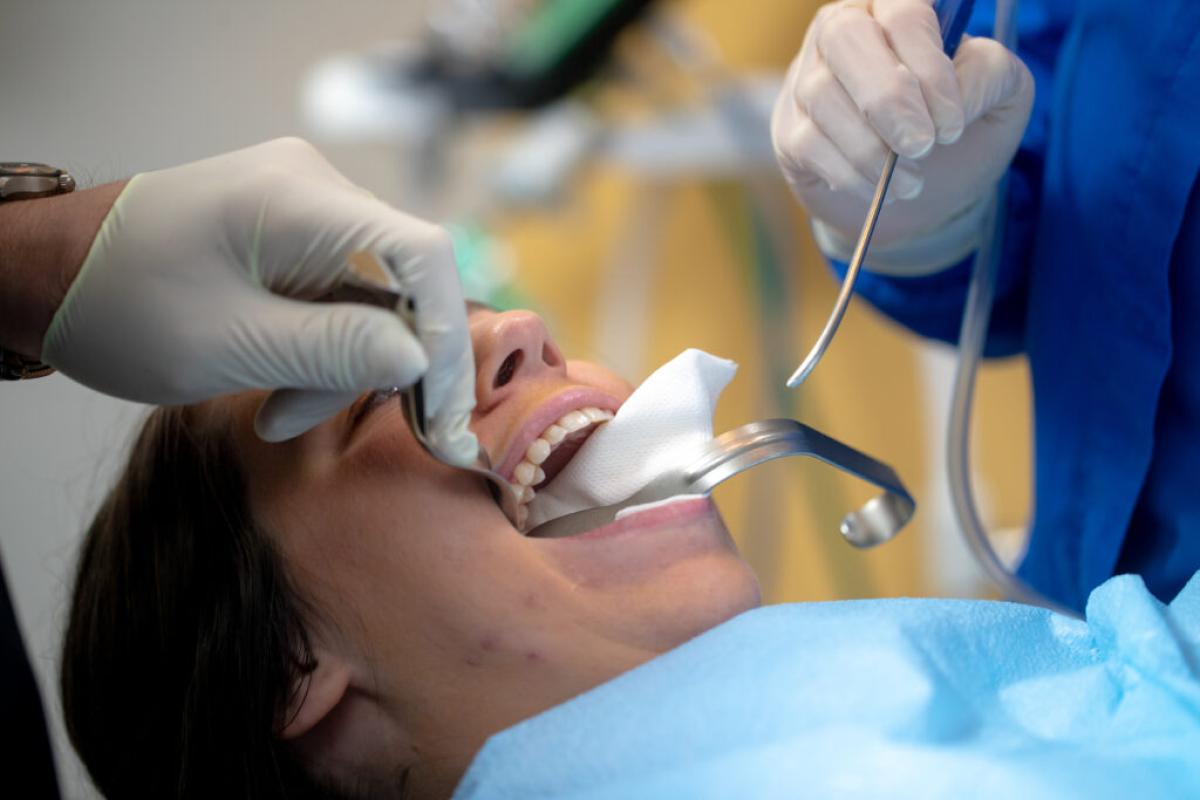Why Does Surgical Tooth Removal Sometimes Require Bone Removal?
When people hear that a tooth extraction may involve removing bone, it can sound scary — but it’s actually a common and safe part of many oral surgeries. During procedures such as Surgical Tooth Removal in Islamabad, dentists or oral surgeons sometimes need to trim or remove a small portion of bone to safely access and extract a problematic tooth. Understanding why this happens can ease anxiety and help patients prepare confidently.

What Does Surgical Tooth Removal Involve?
Surgical extraction is a dental procedure used when a tooth cannot be removed through a simple extraction. This usually happens when a tooth is broken, impacted, decayed below the gumline, or blocked by surrounding tissues.
Unlike simple extractions, surgical removal requires an incision in the gum and sometimes the removal of surrounding bone to gain proper access.
Why Does Bone Removal Become Necessary?
Bone removal—or osteotomy—is performed only when necessary to safely remove the tooth without causing damage to surrounding tissues. Below are the most common reasons:
Impacted Teeth
Teeth that are trapped inside the gum or bone (especially wisdom teeth) often require bone removal to expose enough of the tooth to extract it.
Excess Bone Density
Some individuals naturally have thick or dense jawbone that makes extraction difficult unless a small portion is trimmed.
Broken or Brittle Teeth
If teeth fracture below the gum line, the dentist may need to remove bone to access the remaining parts.
Roots Curved, Fused, or Entangled
Unusual root anatomy can prevent the tooth from being lifted out easily, making bone removal a safer option.
Preventing Trauma to Surrounding Teeth
Removing a small amount of bone can reduce the risk of damaging neighboring teeth, nerves, or tissue.
How Does Bone Removal Help During Tooth Extraction?
Bone removal ensures: Wider visibility and access
Reduced risk of tooth or root breakage
Safer elevation of tooth fragments
Protection of nearby nerves and tissues
It guarantees that the extraction is controlled, precise, and minimizes complications.
Comparison Table: Simple Extraction vs. Surgical Extraction with Bone Removal
Factor
Simple Tooth Extraction
Surgical Extraction (With Bone Removal)
Visibility
Basic view; tooth exposed
Advanced visibility required due to impaction
Tools Used
Forceps, elevators
Surgical drills, incision tools, sutures
Gum Incision
No
Yes
Bone Removal
Not required
Required only if tooth is blocked or impacted
Recovery Time
1–3 days
5–7+ days
Complexity Level
Low
Moderate to high
Best For
Loose or visible teeth
Impacted, broken, or buried teeth
This comparison helps patients understand why bone removal is sometimes an essential part of surgical extraction—not a complication.
How Does the Procedure Work?
Step-by-Step Overview
Digital X-ray or CBCT scan to map the tooth position.
Local anesthesia or sedation for pain-free surgery.
Gum incision to expose the tooth.
Bone trimming (only if needed).
Tooth sectioning into smaller pieces for safe removal.
Tooth extraction with minimal trauma.
Sutures to close the site.
Post-operative instructions to ensure smooth healing.
Is Bone Removal Painful?
Not at all — the area is numbed completely.
Patients typically feel pressure, not pain. After surgery, discomfort is manageable with medication, cold compresses, and rest.
What Are the Benefits of Bone Removal During Extraction?
Reduced Complications
It prevents accidental fractures and nerve injuries.
Faster Healing
A controlled procedure minimizes trauma, leading to a smoother recovery.
Better Surgical Outcomes
Dentists can work more precisely, especially with impacted teeth.
Protection of Surrounding Structures
It prevents unnecessary force that can damage other teeth.
Are There Risks?
Every surgical procedure has mild risks, such as swelling, soreness, and temporary difficulty in mouth opening. However, these are routine and manageable. More serious complications like dry socket or infection are rare when aftercare instructions are followed properly.
What to Expect During Recovery?
Typical Recovery Timeline
Day 1–2: Swelling and mild discomfort
Day 3–4: Noticeable improvement
Day 7: Stitches removal (if needed)
2 weeks: Healing well
Bone regenerates naturally over the following months
Dentists provide tailored aftercare advice to ensure a comfortable recovery.
Reviews — What Patients Say
“I needed a complicated wisdom tooth removal, and the surgeon explained everything clearly. Bone removal sounded scary, but the procedure was smooth and painless. Recovery was much easier than expected!”
“My tooth was fractured under the gum, so bone removal was required. I was nervous, but the team handled everything professionally. Minimal pain afterward and excellent follow-up care.”
“I had multiple impacted teeth removed. Bone removal was part of the process, and honestly, it made the extraction safer. Highly satisfied with the results.”
Conclusion
Bone removal during surgical tooth extraction is a standard, safe, and sometimes essential step for ensuring the best possible outcome. It allows the dentist to access difficult or impacted teeth without causing damage. When performed by a trained professional, the procedure is predictable, comfortable, and leads to long-term oral health benefits.
Contact Us
Address : Office Number LG 20 - 21 Interlace Plaza I-8 Markaz Islamabad
Phone : +92 333 5705871
Email : info@glamorousclinic.com.pk